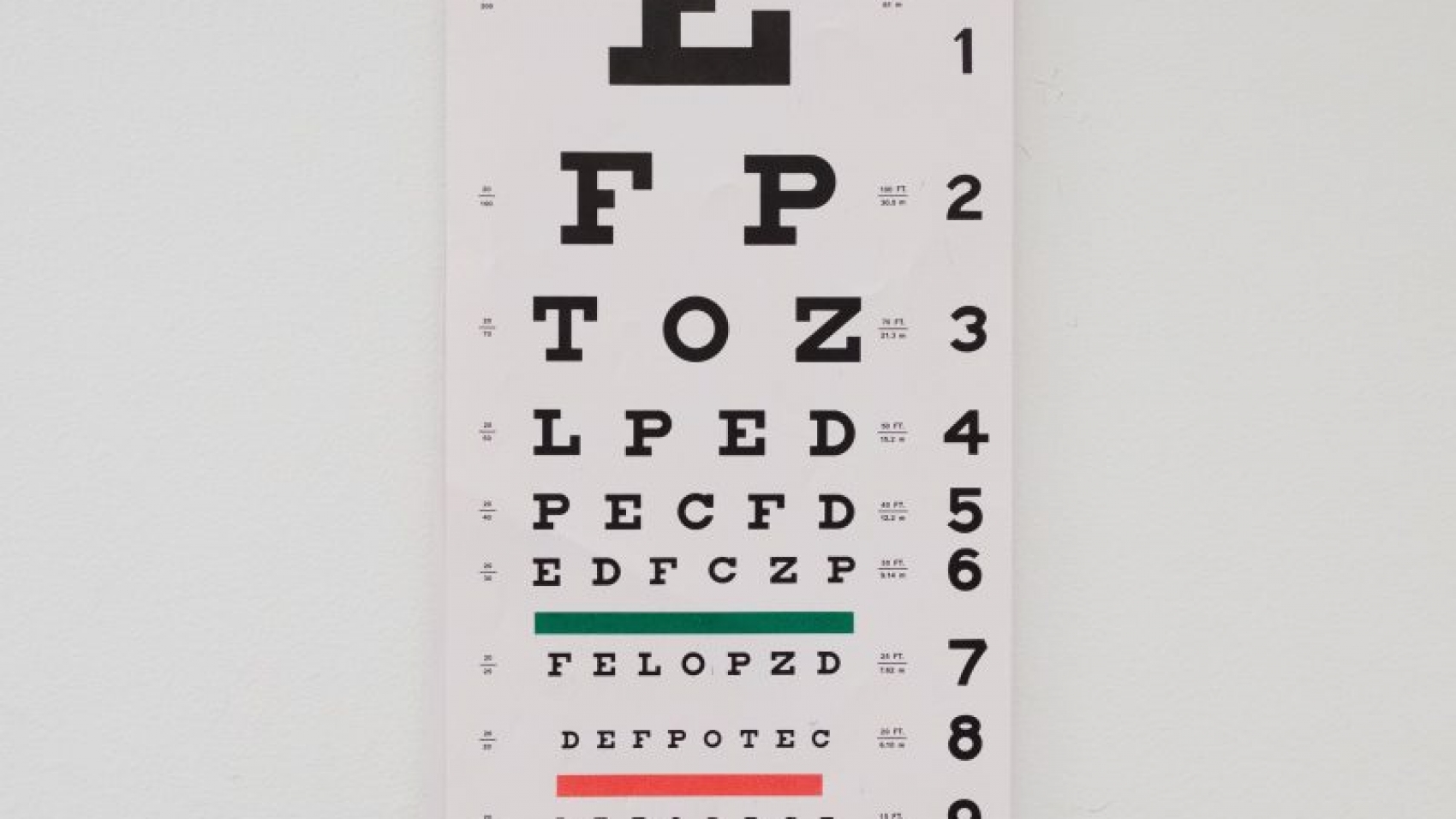Lasik is odd in at least two ways. It’s a rare deflationary healthcare category. It’s also awkwardly priced at $2,000 per eye. “Shoes for sale, $50 per shoe.” Could healthcare be more like Lasik, shoppable, and deflationary?
There are key differences. There are more options in your city for Lasik than hernia surgeries. Lasik is elective. Some medical interventions, the type you use insurance for, are not. Not all hospital stays start with arrival on a gurney. Most hospitalizations for those under-65 are things you can plan for in advance: joint replacements, spinal fusions, and maternity lead the pack. The Healthcare Cost institute says 43% “at most” is shoppable. The author and physician Marty Makary says it’s more like 60%+. It’s best to look beyond one data point. One data point, with its assumptions and methods, is a lone voice–this could be viewed with the same caveat as one person’s opinion of the value of Goldman Sach’s stock. A market of opinions, where possible, is best.
Of course, the available shoppable universe has to be reduced by what people have the propensity to shop for, or where they’d benefit. It’s a mistake to assume people are going to act as they should, not as they do. Premiums for workers are around $7,000 for single coverage. Even just half of that is enough to interest me, especially when MRI costs can range from $300 to $1,500 or more. Even in the goofy world and structure of US insurance, for many people, hundreds, and in many cases, thousands of dollars of savings are at play.
There are great examples of forms of shopping. Over 155M people are in captured arrangements with employer-sponsored care. Enrollment usually includes a menu of 2-3 plans. 95% of claims are in-network. There are two layers of upfront shopping. We choose plans and color within the in-network lines.
The 1-2M in the unsubsidized 1Affordable Care Act (ACA) market offers more evidence of willingness to shop. Deductibles are 2.5x higher ($4,000 vs. $1,500 in employer-sponsored). Narrower networks are gladly accepted by over 80% of enrollees. That’s not because people love having fewer choices, but because that comes with lower premium costs.
Shopping’s low hanging fruit is the full sticker price ACA and the employer-sponsored world. For big groups like Medicaid and Medicare, you’re stuck with a great deal: high subsidies and often zero costs at the point of care. But for others, give them the right menu with the right incentives and front door savings. Life is reviewed in the rearview mirror, but like stocks, the present and future are what matter. To be a little more like Lasik, patients need to know their path is cheaper and shorter.
Photo by Wesley Tingey on Unsplash

